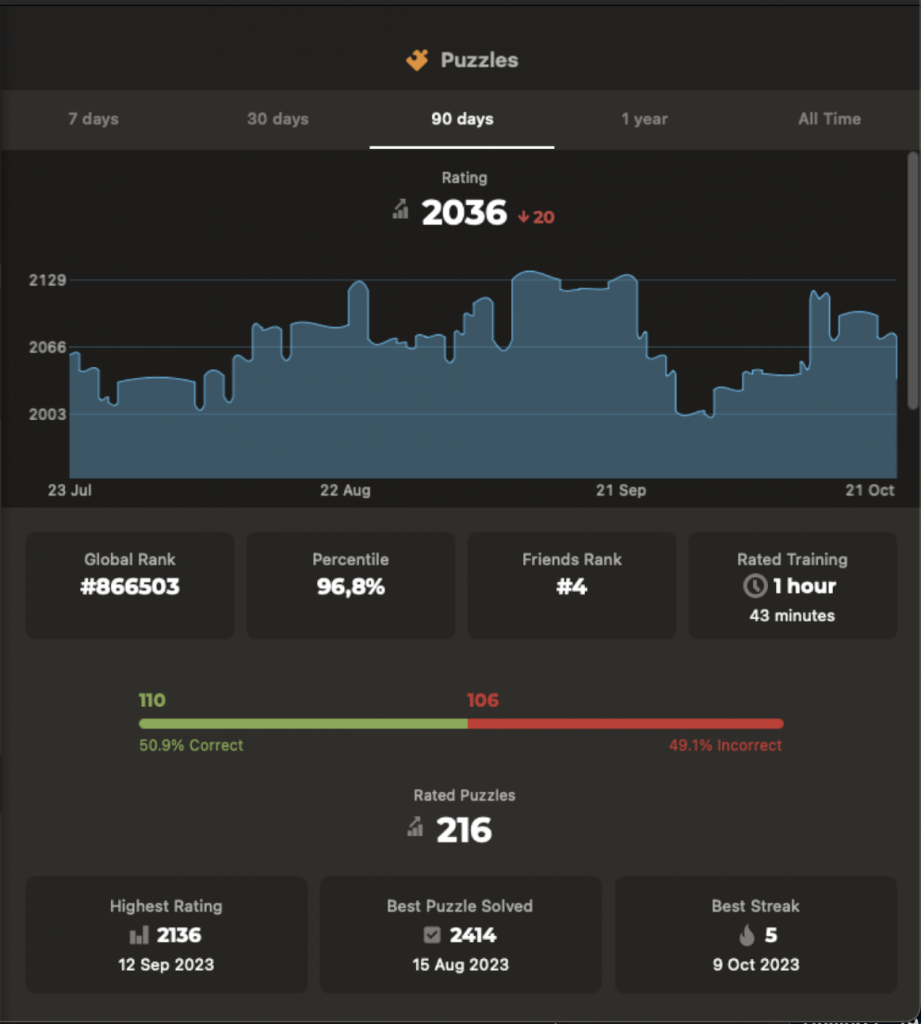Chat GPT stands now as one of the most used generative AI tools on the planet. Its reach encompasses all classes; from students in their schools to even the labor force in their places of work. Nevertheless, this broad use of Chat GPT technology comes with its downsides. AI-generated texts are being used more and more for writing on social platforms such as Reddit, Facebook, and Twitter. Because of the rising cultural reliance on information and online contact, fraudulent actors have emerged that utilize Chat GPT to produce and disseminate messages on these platforms while propagating misinformation and disinformation (Najee-Ullah et al.,2022). The case that stands out the most is within the context of education. Nowadays, in the majority of schools of the world students are using for the first time Generative AI to complete written assignments and in some cases even online exams if the proper security methods are not applied by the institution.
In this context, I wanted to provide my personal experience as well. Before coming to Rotterdam to pursue my master’s in information management I met a student (whose identity I won’t reveal due to the content of this story) who completed his Bachelor’s Thesis in International Business by using (I’m marking his words) Chat GPT to complete 80% of his final university assignment. Later, I was told that he was successful in passing his thesis and obtained a moderate but enough 6 as his final grade.
Surely, this might come as a surprise since Maastricht University (the one where my friend was studying) just like any other university currently has in its arsenal various anti-AI plagiarism tools to avoid such situations (Akram, A, 2023). Marveled, by the outcome I asked him how he managed to accomplish such a result and not be detected. The answer was simple. He told me that he used what he called the “Laundry” process. This process consists of inputting texts in AI paraphrasing tools repeatedly in order to “clean” the texts as if they were clothes. The result is a text completely undetectable by anti-AI plagiarism tools.
I decided to put it to the test by asking Chat GPT to answer our first preparation question of the Information Strategy course situated in Module 1. The result is the following text:

As you can observe in the image, I have only asked for 125 words since the paraphrasing tools that I will later use for the “Laundry” method only allow you to input 125 words if you don’t want to pay the premium version.
Then I decided to input the text, which answers our first preparation question, into 2 of the most known and effective free anti-AI plagiarism tools in the market (Izzo, 2023). These ones are Winston.AI and GPT Zero. The results are the following:
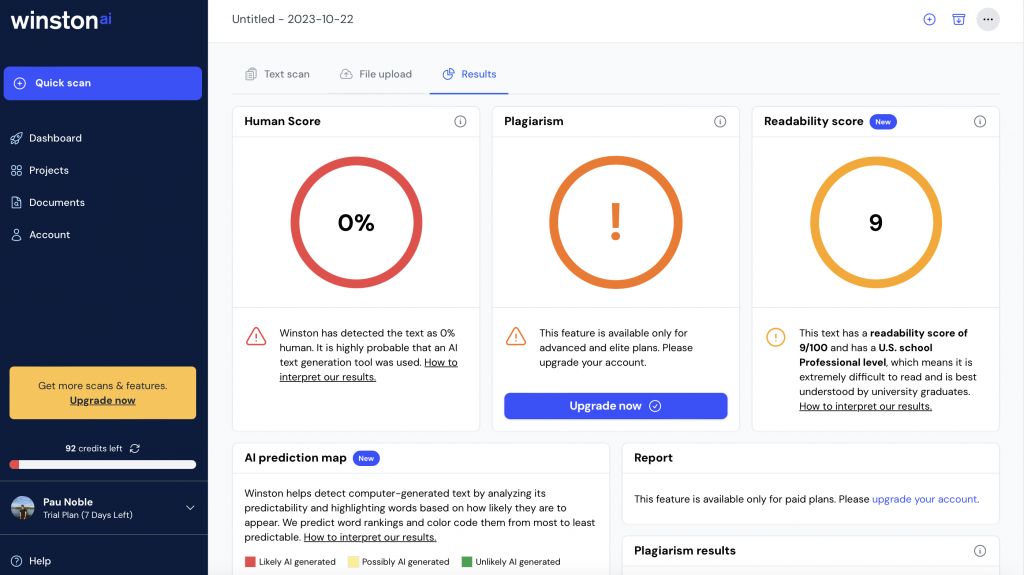
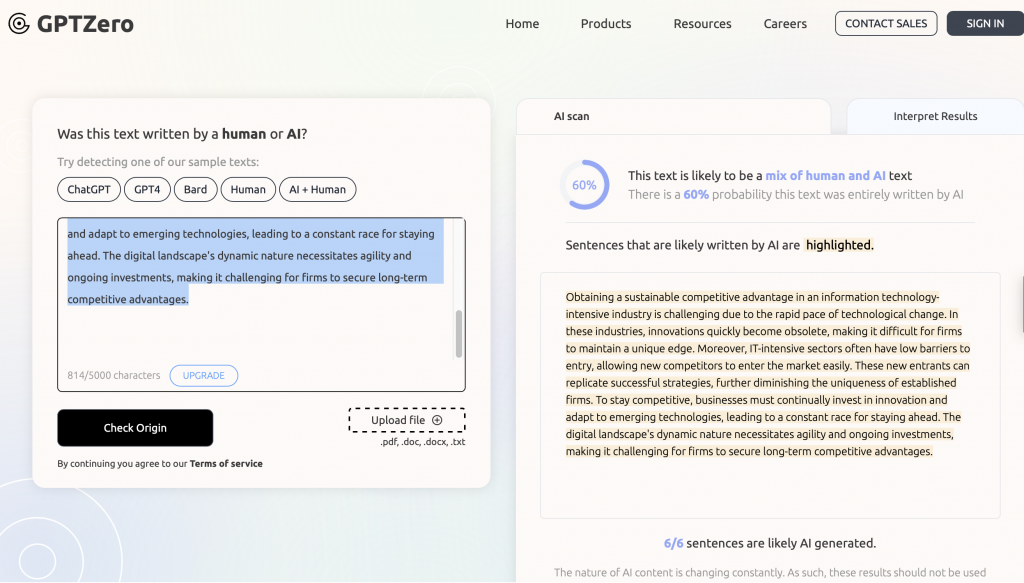
As you can see in the two images above, the results are according to the expectations. Both tools detect a generative AI being used. Winston.AI confirms it with 100% probabilities and GPTZero with 60% probabilities, a quite solid number.
But now I’m going to start the “Laundry” procedure. For this blog article, I utilized the following paraphrasing AI tools in the following order: (1) Using QuillBot in the initial answer text produced by ChatGPT (2) ahrefs paraphrasing tool on the previously paraphrased text (3) re-paraphrasing with paraphrasing.io (4) Repeating another QuillBot paraphrasing (within this tool this method works better if you paraphrase one sentence at a time instead of the whole text) (5) Prepostseo paraphrasing tool in “Fluency” method (6) Last Quillbot (8) Finish with Grammarly suggestions.
The result of all these operations applied to the initial answer provided by ChatGPT on our preparation question 1 under session 1 is the following new text:

Now it is time to repeat the anti-AI plagiarism test with the same exact tools used previously (GPT Zero and Winston.AI). The results are the following:
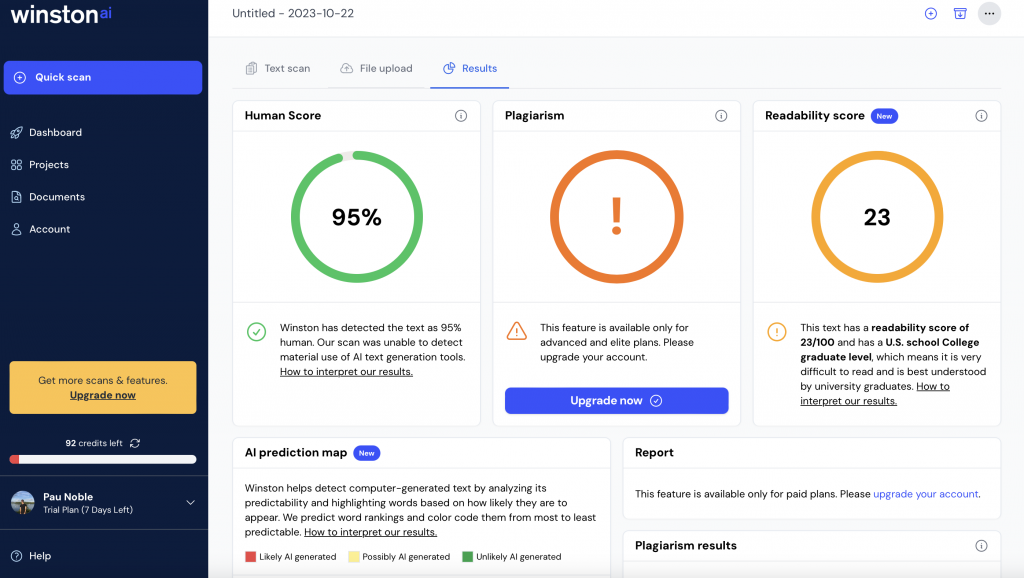
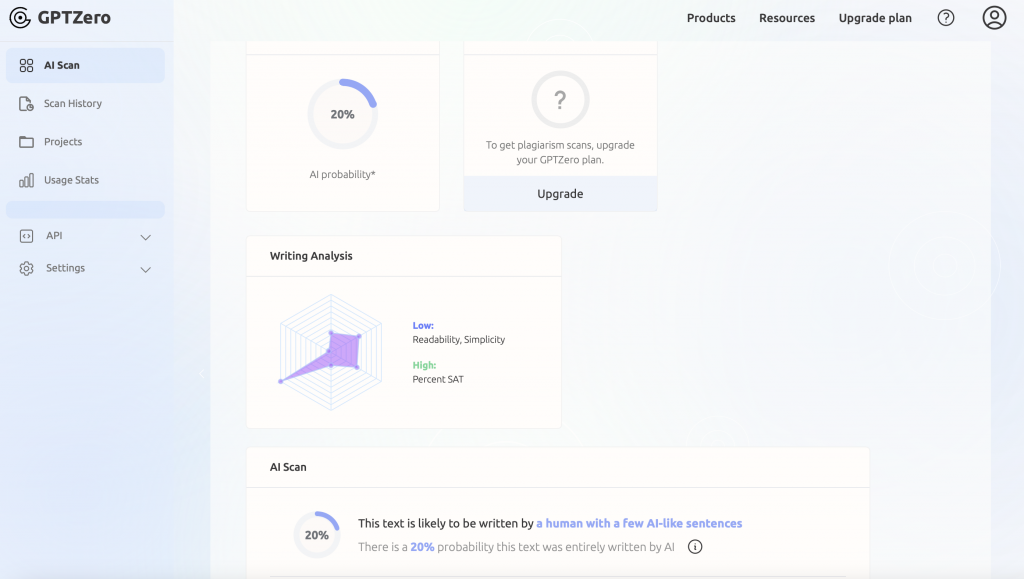
As you can see the results are shocking and they confirm the “Laundry” process. For Winston.AI the text has a 95% probability of having been written by a human. On the other hand, GPTZero has a low 20% probability of having been written with the help of a Generative AI tool such as ChatGPT. Surprisingly, 20% is also the limit benchmark for many universities currently on their plagiarism policy.
In light of the above mentioned, in this blog post, it could be seen that Generative AI tools and more concretely Chat GPT cannot be fully controlled. The process of hijacking the anti-AI plagiarism detectors has resulted to be quite easily with the utilization of other generative AI paraphrasing tools. Thus, further raising awareness for the ethical implications of generative AI can suppose in contexts such as education, since as of now cheating with generative AI is an easy path to follow.
References:
Akram, A. (2023). An Empirical Study of AI-Generated Text Detection Tools. Adv Mach Lear Art Inte, 4(2), 44-55.
Najee-Ullah, A., Landeros, L., Balytskyi, Y., Chang, SY. (2022). Towards Detection of AI-Generated Texts and Misinformation. In: Parkin, S., Viganò, L. (eds) Socio-Technical Aspects in Security. STAST 2021. Lecture Notes in Computer Science, vol 13176. Springer, Cham.
Izzo, V. (2023, May 22). Best Plagiarism Checkers For AI-Generated Content. WordLift Blog. https://wordlift.io/blog/en/best-plagiarism-checkers-for-ai-generated-content/
